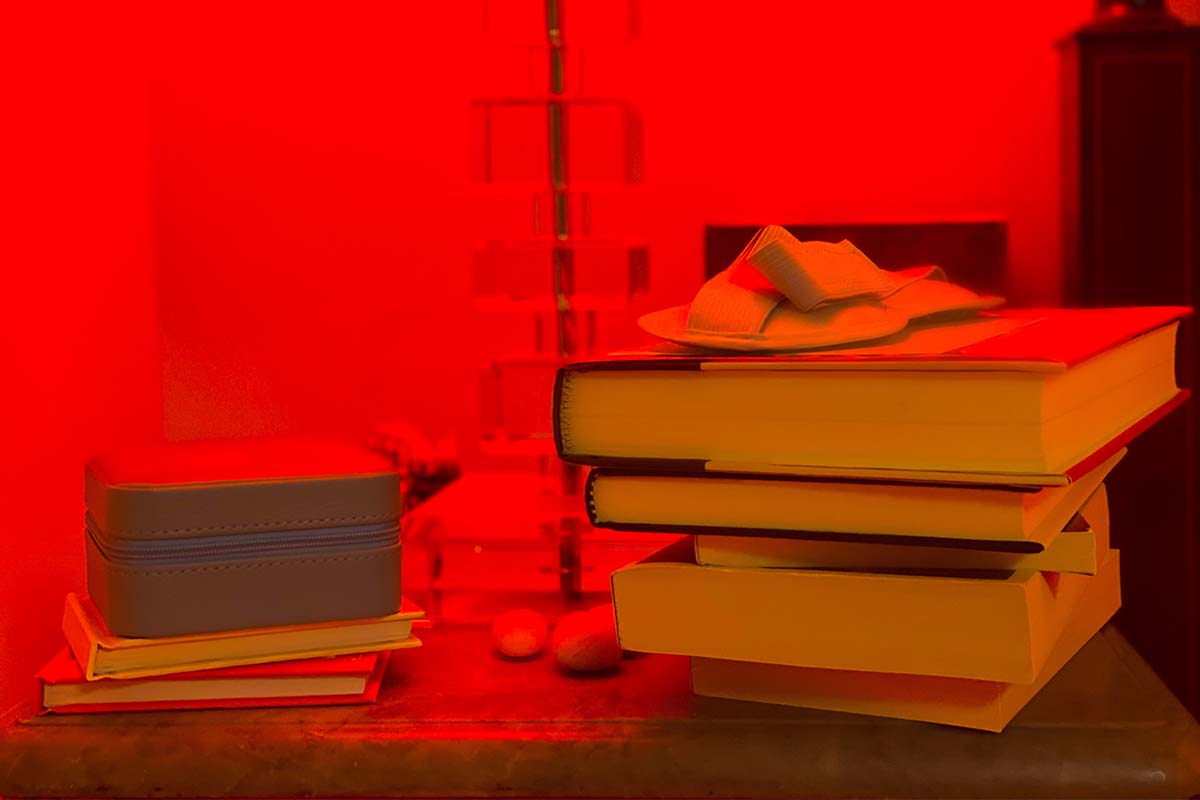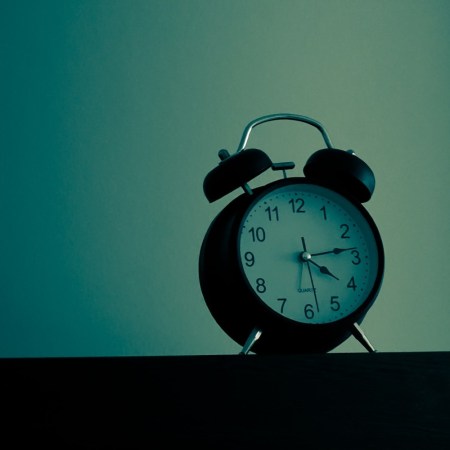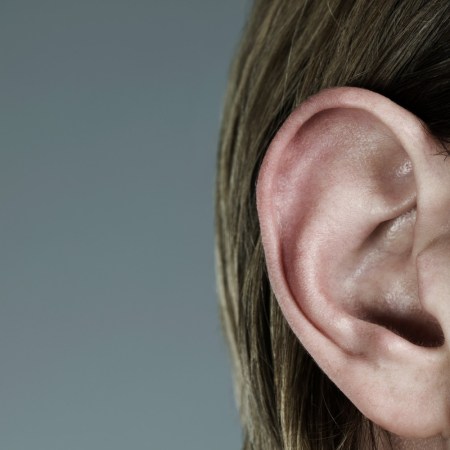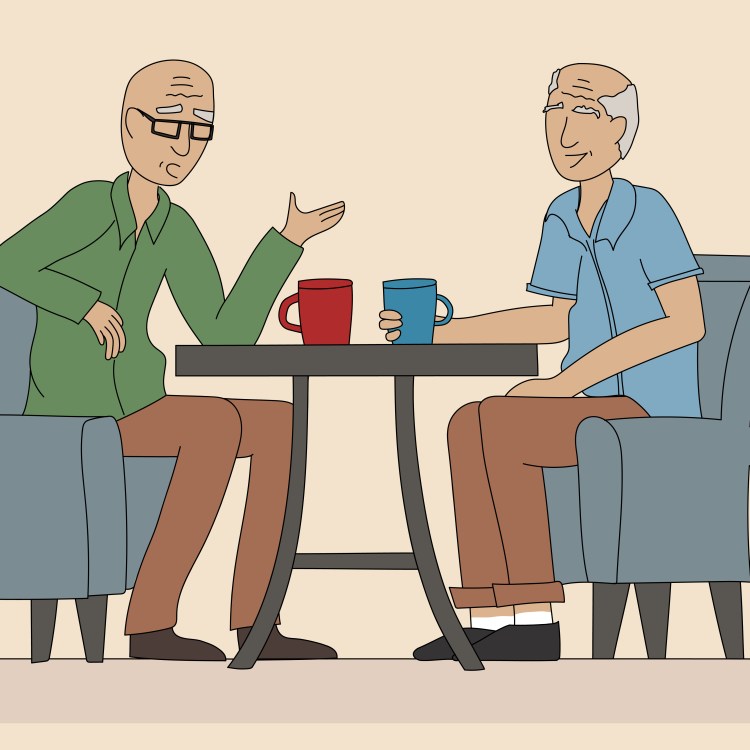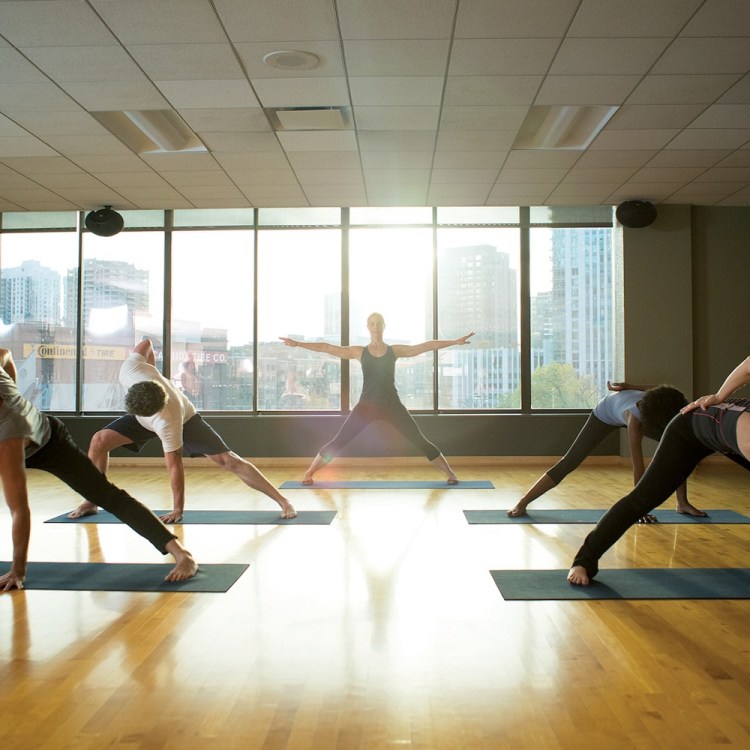According to a trailblazing study published in Scientific Reports, three minutes of exposure to “deep red light” just once a week could help “boost naturally declining vision.”
Most of us are familiar by now with the ophthalmological perils of taking in too much blue light — an entire market of corrective, blue light glasses has emerged in response to the inordinate amount of time we spend staring at our laptops and phones. Medical experts recommend, at the very least, that adults toggle their phones to “Night Shift” toward the end of the day in order to reduce eyestrain and stop taking in blue light wavelengths that suppress the secretion of melatonin.
Less is known, though, about the influence that red light can have on eyesight. Traditionally, red light therapy (RLT) is offered by anti-aging treatment centers to address wrinkles and spots. The idea behind the science, which has some backing, is that the mitochondria in skin cells can leverage light particles as energy in order to “respond better to damage and rejuvenate themselves.” The practice made extra headlines a few years ago when men started shining red wavelengths directly on their testicles in dubious bids to maximize virility.
This latest study, though, conducted by researchers at University College London, suggests that red light therapy might be best reserved for reversing aging in eyeballs. On average, the retina’s photoreceptor cells start to decline in performance right around age 40. This affects “color contrast vision,” which basically means that different colors will appear more blurred and indistinct the older you get.
It all comes down to the mitochondria needing a helping hand. Day-to-day function at the back of the eye requires a ton of energy, which is exactly why it declines quicker and more significantly than other organs in the body. With dedicated RLT, though, the scientists discovered a 17% improvement in participants’ color contrast vision.
One of the authors, Professor Glen Jeffery, said: “Mitochondria have specific sensitivities to long-wavelength light influencing their performance: longer wavelengths spanning 650 to 900nm improve mitochondrial performance to increase energy production.”
Red light wavelengths, as it were, are 670 nanometers. When the volunteers for the study were exposed to the deep red light for just three minutes, one morning a week, between the times of 8 and 9 a.m., the positive effects lasted a full seven days. Then it was time to fire up the machine again. Why does it have to be in the morning? Professor Jeffery wrote: “Morning exposure is absolutely key to achieving improvements in declining vision: as we have previously seen in flies, mitochondria have shifting work patterns and do not respond in the same way to light in the afternoon — this study confirms this.”
As for getting your hands on some RLT hardware … sit tight. Researchers are currently in the process of optimizing effective and affordable 670nm infrared eyeware. Most of the trusted products out there right now were designed to “heal” the skin, not your eyeballs.
Whether you’re looking to get into shape, or just get out of a funk, The Charge has got you covered. Sign up for our new wellness newsletter today.
